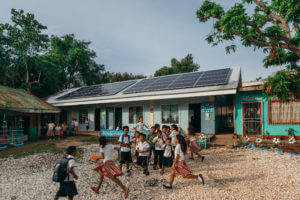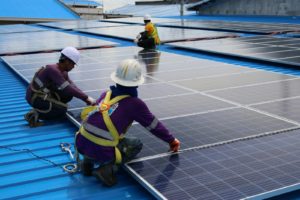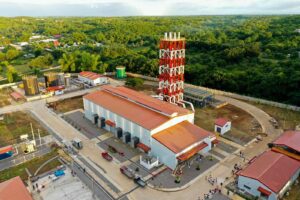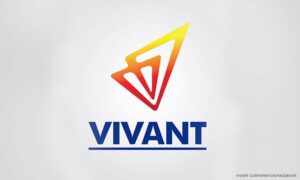CEBU, Philippines — Bantayan National High School (BNHS) is set to be the first public school in the country to offer a strand on electrical installation and maintenance (EIM) with solar photovoltaic (PV) for senior high students.
It will be under the Technical Vocational and Livelihood (TVL) track.
Students who will finish the course will be the first batch of senior high students who will take an assessment to get a National Certificate (NC)—II on EIM and another NC for solar installation.
The drafting of the curriculum is now in its final stage, according to Education Program Supervisor Sylvio Sabino of the Department of Education (DepEd) in Central Visayas.
Sabino said the curriculum design will be submitted to DepEd central office within the first quarter of this year. The new curriculum is set to be implemented next year.
He said experts from DepEd, Technical Education and Skills Development Authority (TESDA), Vivant Foundation, and VocTech Academy, a school specializing in solar installation, have designed and drafted the curriculum.
The solar PV has three components, namely: solar installation, maintenance, and systems design.
The solar installation will be the pilot component while the rest will be integrated later, said Sabino.
Integrating the solar PV component in the EIM curriculum is the brainchild of Vivant Foundation Incorporated (VFI), the corporate social responsibility arm of power giant Vivant Corporation.
“This (solar component) will provide an extra advantage (for the students) suited for the future,” said VFI Executive Director Shem Jose Garcia.
He added that Vivant Foundation wanted to focus on improving the quality of STEM (science, technology, engineering, and mathematics)-related education and TVL in public schools.
After it partnered with agencies to develop the curriculum, the foundation donated almost one million pesos worth of EIM equipment, including goggles, hard hats, fire extinguishers, wires, angled PVC, surveillance kits, angle grinders, pliers, soldering iron, a laptop, and a projector.
Two sets of solar PV systems were also given to BNHS which can generate at least two kilowatts. Eight panels are used in order to harvest solar power.
During the ceremonial turnover of the solar equipment, Vivant Senior Engineer Raji Roulo demonstrated to the EIM students how to operate the solar PV system.
He said the panels can last over five years if properly maintained.
An 18-year-old Grade 12- EIM student, Mc Jaymart Martinez, is among the 51 senior high school students who will benefit from the new equipment.
Martinez said he is very excited to use the new equipment, adding that a practical and hands-on activity is a better way to learn than just by sitting in a classroom and listening to theories.
For his part, BNHS Principal Noel Nervida said power has always been a challenging aspect for off-grid schools like theirs.
He said offering an educational strand with solar PV component is a very relevant action.
EIM Teacher John Ray Tejero Tapales said there has been a decrease in Grade 12 EIM enrollees in the past year due to lack of instructional materials for hands-on demonstrations.
“Hinaot unta nga karon nga naa nay gamit, modaghan pa ang mo-enrol sa EIM kay kadtong wala pa kaayo kay naa gyuy mga na-discourage,” he said.
Tapales and one other EIM teacher will also undergo training in Cebu City and take TESDA’s assessment to earn an NC-II for solar installation, which is one of the requirements to teach the new program.
Graduates of the program may be hired as technicians to maintain the different solar PV systems across Cebu, including the P3.3 million worth of solar PV system in Hilutungan Island. The same was also donated by Vivant Foundation.
Garcia said the utilization of renewable energy sources like solar is the future, thus there would be an increased demand for solar PV technicians.
He added that the project is sustainable because the approach begins with education, followed by accreditation, and then employment. (FREEMAN)
By Lorraine Mitzi A. Ambrad




